
The new release calendar was a bit thinner in 2021 for a variety of reasons, so this year’s slate at The Game Awards was truly a free-for-all. With no clear frontrunner, many people expected a big night for Arkane’s Deathloop, which received nine nominations across eight categories (including “Game of the Year”). But with more than 100 games receiving at least one nomination, there were bound to be some surprises.
And there were definitely some surprises… such as It Takes Two winning “Game of the Year.” Hazelight’s weird and wild multiplayer adventure also won “Best Multiplayer” and beat out four Nintendo-produced titles to triumph in the “Best Family Game” category.
In between a dizzying amount of trailers for upcoming games, musical performances, and a short scene from The Matrix Resurrections, host Geoff Keighley gave out a few other awards.
While it was denied the big prize, Deathloop collected two statuettes (for “Best Game Direction” and “Best Art Direction”). Other “Game of the Year” nominees had their moment in the sun, including Nintendo’s Metroid Dread, which won “Best Action/Adventure Game.” And Maggie Robertson’s appearance as Lady Dimitrescu in Resident Evil Village won over the Internet earlier this year, which made her “Best Performance” win at The Game Awards rather fitting.
Other multi-award winners included Microsoft’s Forza Horizon 5 (“Best Audio Design,” “Best Sports/Racing Game,” and “Innovation in Accessibility”), Square Enix’s Final Fantasy XIV (“Best Ongoing Game” and “Best Community Support”), Ember Lab’s Kena: Bridge of Spirits (“Best Independent Game” and “Best Debut Indie”).
This year’s group of nominees also included Cyberpunk 2077, which was released in December 2020 and missed the cutoff for last year’s judging period. While it received a chilly reception at launch, after a year of updates and bug fixes, CD Projekt’s sprawling futuristic RPG received two nominations, but didn’t win in either category. This year’s cutoff (November 19th) was particularly early, so we’ll likely be talking about Halo Infinite at the 2022 Game Awards.
But that’s next year. Right now, you can find a video replay of the 2021 Game Awards after the break, as well as a complete list of winners, and all the nominees.
[Continue Reading…]
 The unique world that players inhabit in Nintendo’s Animal Crossing: New Horizons has helped a lot of people cope with the events of the last two years, and the curators at the National Videogame Museum have embedded themselves within this welcoming community, collecting stories from the public for their excellent Animal Crossing Diaries online exhibition.
The unique world that players inhabit in Nintendo’s Animal Crossing: New Horizons has helped a lot of people cope with the events of the last two years, and the curators at the National Videogame Museum have embedded themselves within this welcoming community, collecting stories from the public for their excellent Animal Crossing Diaries online exhibition.


 GameSpot and IGN changed the video game media landscape after they debuted in 1996, but did you know there’s another site celebrating a quarter-century on the journalistic front lines this year?
GameSpot and IGN changed the video game media landscape after they debuted in 1996, but did you know there’s another site celebrating a quarter-century on the journalistic front lines this year?



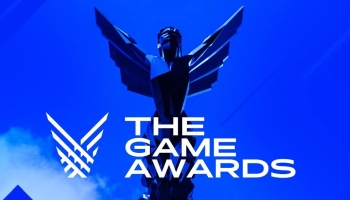

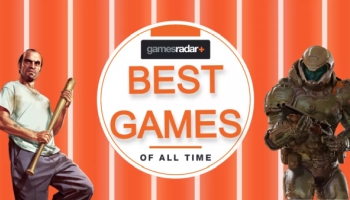


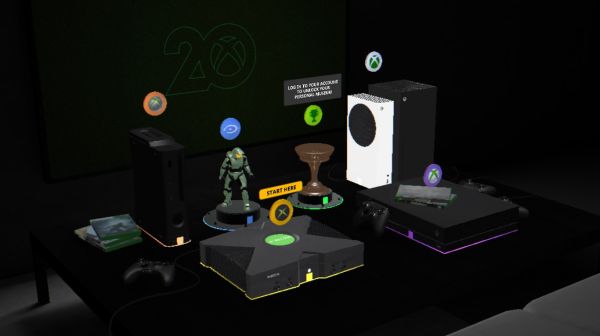
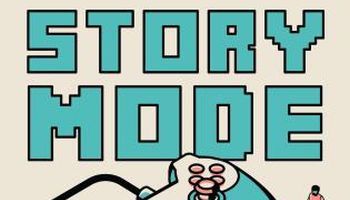
 Trevor Strunk is the host of the
Trevor Strunk is the host of the 
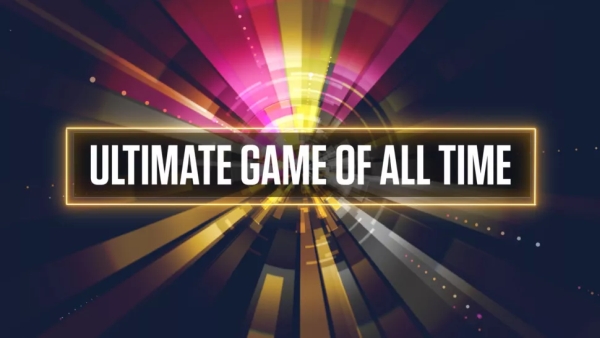

 Promising “a fresh angle on a familiar topic,”
Promising “a fresh angle on a familiar topic,”